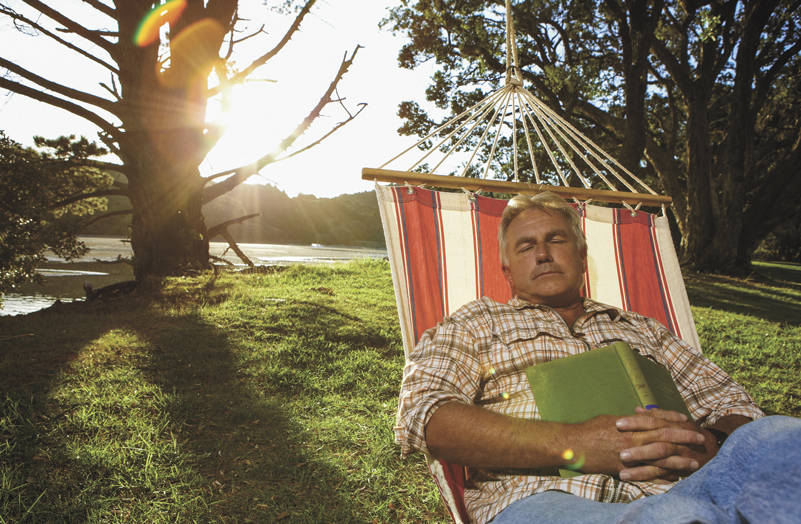By Morf Morford
Tacoma Daily Index
Albert Einstein, Michelangelo and Buckminster Fuller all swore by them.
Maybe if these epochal creative geniuses raved about them, the rest of us should listen to their advice.
And perhaps, thanks to the unexpected intrusion of COVID, more and more of us can, at minimum, explore the concept.
Did you know, that almost half of Americans don’t get enough sleep? https://news.gallup.com/poll/166553/less-recommended-amount-sleep.aspx?
I must admit that I have been a huge fan of naps for a long, long time.
After a long day at work, there is nothing like a nap to re-set my energies toward my own time in the evening.
And, oddly enough, I’ve found that I sleep far better at night if I get a short nap during the day.
Sixty to ninety minutes is usually enough to recalibrate my schedule. And about 90% of the time, it takes me about thirty-seconds to fall asleep during the day – as opposed to what seems like endless hours at night.
Many cultures, from most of Asia and Africa, to much of Latin and South America have millennia-long traditions of something like an afternoon siesta.
One of my most vivid memories of life in Beijing, China was that after-lunch vision of every park bench, every wide-spot on a side-walk, and virtually every work site was packed with workers taking their after-lunch snooze.
There could be hordes of people walking by, honking cars and densely-crowded buses just a few feet away, but these workers would get their naps.
And like me, and their counterparts around the world, they would return to work restored and re-invigorated, tackling work and solving problems with the perspective only a nap could give them.
On the other end of the nap spectrum, we have those who have missed their naps.
At the end of a typical workday, we have thousands, if not millions of Dilbert-worthy cubicle-dwellers on their way home. And yes, the vast majority have missed their naps.
Road rage is unleashed on a national level – on a regular schedule – each working day.
Those suit and tie types might not recognize it, but they are under the influence of that most primal of forces that is every mother-of-a-toddler’s worst nightmare; the missed nap.
Stephen King could not have come with a more frightening scenario than an army of toddlers in their frenzied, take-no-prisoners, nap-deprived state.
As I mentioned, I’ve been a huge fan of naps for a long time, and definitely feel better and more productive when I get one – and I’m not alone.
Consider these nap-worthy observations –
“There is more refreshment and stimulation in a nap, even of the briefest, than in all the alcohol ever distilled.” — Ovid
“Think what a better world it would be if we all, the whole world, had cookies and milk about three o’clock every afternoon and then lay down on our blankets for a nap.” — Barbara Jordan
“Surely, anyway, a working day of eight or nine hours which is not split by a nap is simply too much for a human being to take, day in, day out, and particularly so in hot weather.” — Tom Hodgkinson
“No day is so bad it can’t be fixed with a nap.” — Carrie Snow
“But the important thing is to lie down and fall asleep. That little nap means you wake up fresh again and can continue.” — James Levine
Cats do it. Dogs do it. Maybe even educated fleas do it.
If you have a pet, you’ve certainly noticed that they spend most of their time sleeping.
I’ve always thought that we could learn a lot from our animal friends.
Many years ago, possibly the early 1980s (he died in 1983) I heard Buckminster Fuller (a self-described ‘comprehensive anticipatory design scientist’) give a talk.
Among many other things, he talked about the ideal work/life schedule.
His preference was to get back to the schedule of a baby. This was obviously, he argued, the pattern we were all programmed to follow: a few hours awake, followed by an hour or so asleep followed by another few hours awake, followed by another hour or so asleep with only a slightly longer sustained sleeping period in the quietest hours of the night.
Sleeping “through the night” he insisted, was not an accomplishment, it was a disaster and compromise that impeded our creativity for the rest of our lives.
He acknowledged the sheer impracticality of his baby-inspired sleep/wake cycle, but he did emphasize that the closer he came to it, the more productive and creative he could be. (You can see a catalog of his patents here – https://www.bfi.org/about-fuller/bibliography/patents).
He thought through everything from shelving to shelters, and bathrooms and vehicles as he worked to see every “problem” as a puzzle to be seen, analyzed and solved.
Buckminster Fuller, perhaps like every baby, saw his life as the ultimate experiment (you can see more on his core principles here – https://larrygmaguire.com/self-disciplines-buckminster-fuller/).
He sought to learn relentlessly, and that required his clearest, most rested mind – and naps were key to achieving that state.
And yes, there is a National Napping Day. (March 9th in 2021) You can see more about celebrating that day and a bit more on the history of napping here – https://www.sleepadvisor.org/national-nap-day/.
And if you need any documentation on the business sense of naps, I highly recommend this recent article – https://www.inc.com/jessica-stillman/sleep-napping-productivity-china-research.html?.
We may not be on the genius scale of Einstein, Michelangelo or Buckminster Fuller, but we can all appreciate being better rested, more productive and maybe even a touch more creative.
And don’t forget, as you celebrate National Napping Day, nap responsibly!





